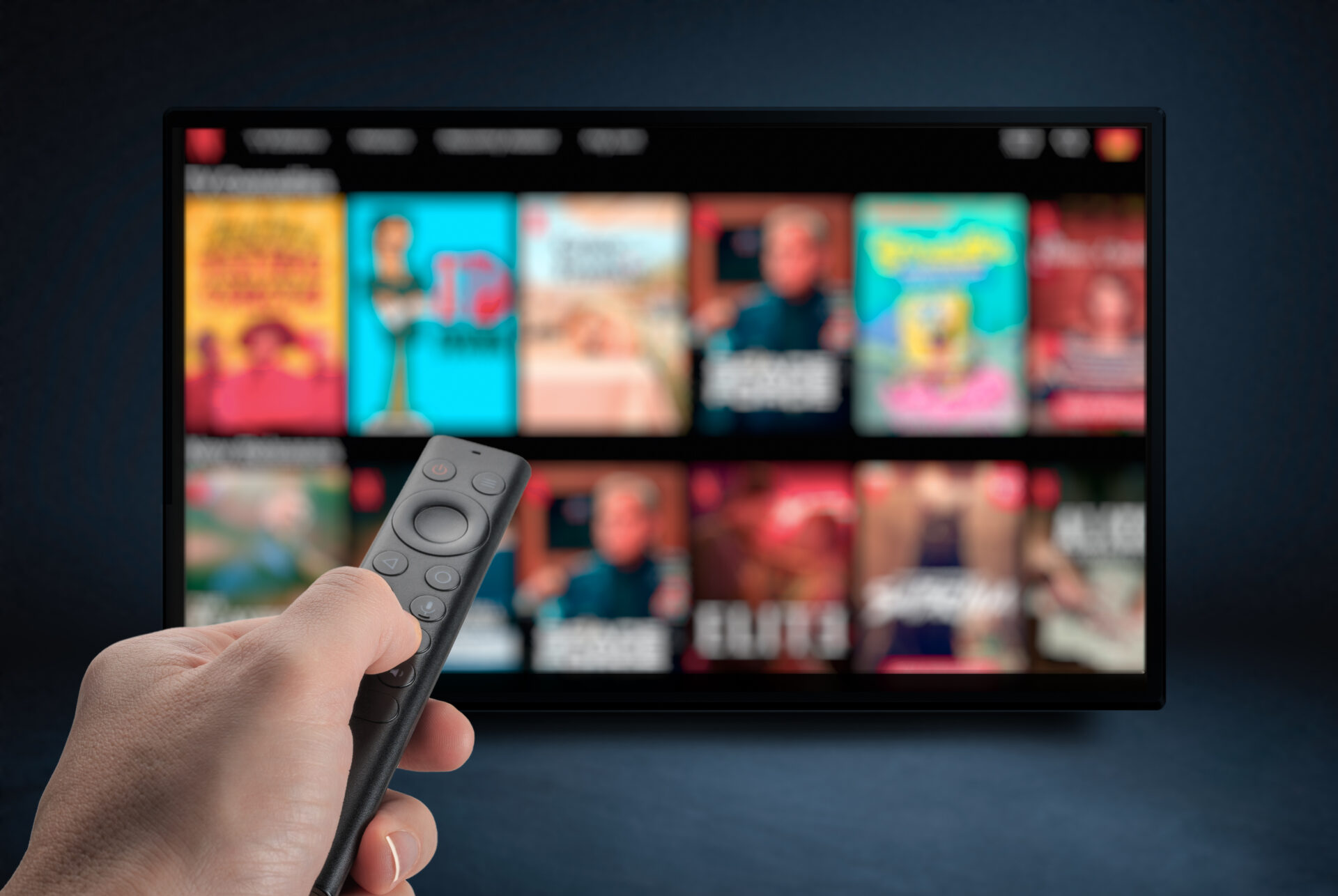

In the ever-evolving landscape of digital media, the rise of streaming platforms has fundamentally changed the way we consume content. The term “OTT” (Over-the-Top) refers to content delivered directly to viewers via the internet, bypassing traditional cable or satellite methods. While OTT platforms like Netflix, Amazon Prime Video, and Disney+ have transformed how we watch television and movies, they are also revolutionizing the way brands approach marketing. In this blog, we’ll dive into what OTT is, its rapid evolution, and how it’s reshaping the future of marketing strategies.
Understanding OTT: A Game-Changer for Content Delivery
At its core, OTT refers to the delivery of media content—whether it’s video, audio, or other digital formats—directly over the internet, without the need for traditional cable or satellite subscriptions. OTT platforms have become an integral part of our everyday lives, providing a convenient and flexible way to access entertainment on-demand. Gone are the days when you had to watch TV shows and movies at scheduled times or rely on a cable subscription with a limited set of channels.
The OTT model allows consumers to stream content across a variety of devices—smartphones, tablets, smart TVs, and laptops—whenever and wherever they choose. This convenience and flexibility have made OTT services highly popular, with major players like Netflix, YouTube, Amazon Prime Video, Hulu, and Disney+ commanding millions of global subscribers.
While the consumer benefits are obvious, OTT’s impact extends beyond just content consumption. The way OTT platforms target audiences, collect data, and integrate advertisements has revolutionized marketing and advertising practices, creating a wealth of opportunities for brands.
The Rise of OTT: A Disruption to Traditional Media and Marketing
Before OTT, marketers relied heavily on traditional advertising models, particularly television, radio, and print media, to reach their target audience. These platforms were often expensive and difficult to measure, making it challenging for brands to track effectiveness and ROI. Enter OTT—platforms that offer precise targeting, personalization, and valuable data insights, which have completely transformed how brands engage with consumers.
By collecting data from user interactions, OTT platforms can create more refined audience segments. This means brands can reach the right person with the right message at the right time, resulting in higher engagement and more effective campaigns. This granular targeting capability is especially important in a time when consumers are bombarded with an overwhelming amount of content and advertisements every day.
For example, if an OTT platform shows that users are skipping ads after a certain period, marketers can adjust the length or content of the ads to capture and retain the viewer’s attention. This continuous flow of data allows for greater flexibility and faster adaptation to changing consumer behavior, a luxury that traditional advertising platforms did not offer.
The ability to personalize advertising content ensures that viewers are not subjected to generic, one-size-fits-all ads. Instead, they receive ads that are relevant to their interests, which increases the likelihood of engagement and conversion. Personalization can also extend beyond advertisements, as brands can collaborate with OTT platforms to produce branded content that aligns with the viewer’s interests, further strengthening the connection between the brand and its audience.
For instance, interactive ads allow viewers to engage with the content, such as by clicking on a product within the advertisement or participating in a short survey. Sponsored content—content that is specifically created or influenced by the brand—can also be seamlessly integrated into OTT platforms. This allows for a more subtle form of advertising that blends with the content while still promoting the brand’s message.
The Evolution of OTT: How It’s Changing the Marketing Landscape
OTT has not only transformed how we consume content, but it has also sparked a shift in the marketing landscape. Here’s a look at how OTT is evolving and what this means for brands:
From a marketing perspective, this shift has introduced new challenges and opportunities. On the one hand, subscription-based services can limit the ability to deliver ads, making it harder to reach viewers. On the other hand, these platforms often offer first-party data on users who are willing to pay for a premium, ad-free experience. This type of audience is highly engaged and likely to be more receptive to targeted marketing efforts, whether through branded content or personalized offers.
This type of advertising maximizes efficiency, reduces costs, and ensures that brands can scale their campaigns while maintaining a high level of personalization. Programmatic advertising also allows for real-time optimization, meaning brands can adjust their campaigns as needed based on performance data.
With the increasing popularity of short-form content on platforms like TikTok, we are also seeing OTT platforms experiment with integrating shorter video formats that can be easily shared on social media. This could open new opportunities for brands to create viral marketing campaigns that drive consumer engagement both on and off the platform.
The Future of OTT Marketing: What’s Next?
As OTT continues to evolve, the possibilities for marketing are endless. The future of OTT will likely see further innovations in interactive advertising, advanced data analytics, and hyper-targeted marketing strategies. With more brands investing in OTT, we can expect even more opportunities for creative collaborations, branded content, and personalized advertising.
As OTT platforms become more sophisticated, so too will the ways brands can connect with their audiences. Whether through interactive ads, immersive experiences, or personalized content, OTT is set to remain at the forefront of the marketing revolution, offering brands exciting new ways to engage with today’s digital-savvy consumers.
OTT has already transformed content consumption, but its impact on marketing is perhaps even more profound. With precise targeting, personalized experiences, and data-driven insights, OTT platforms are providing brands with the tools to create more effective and engaging campaigns. As technology continues to evolve, the potential for OTT marketing to revolutionize how brands connect with consumers is limitless.


phone 706.651.0053 | fax 706.651.0535
Accessibility Statement
M3 Agency | M3Agency.com
229 Furys Ferry Road Augusta, GA 30907